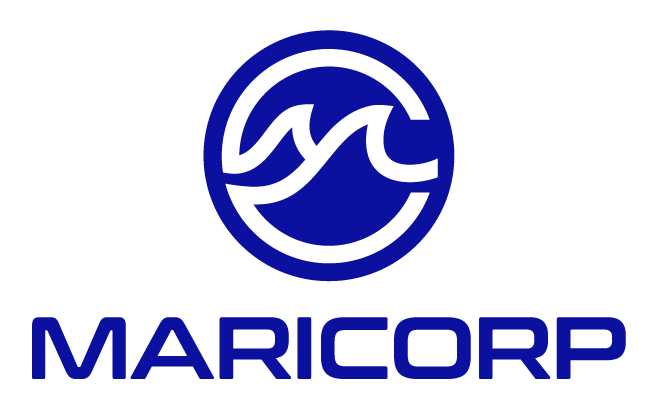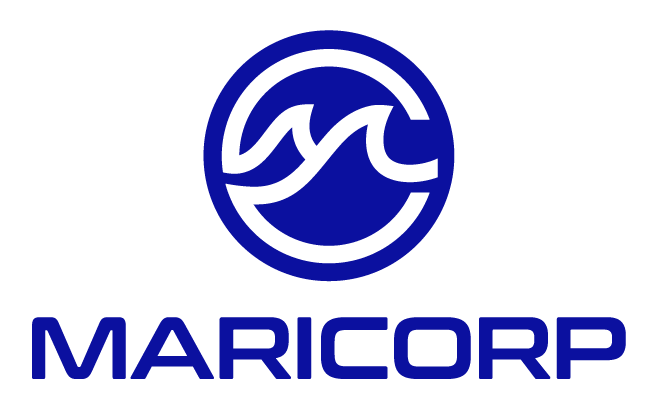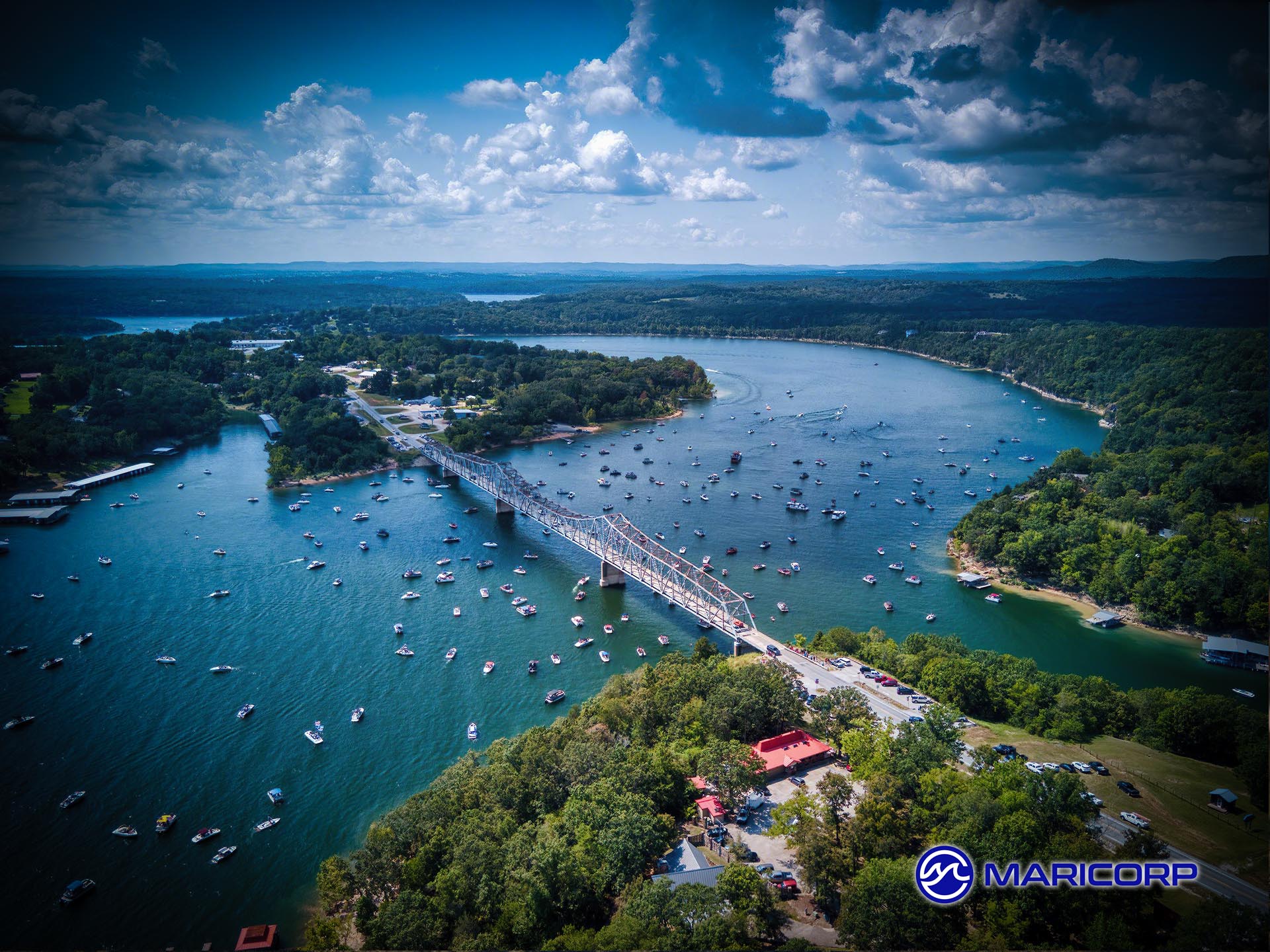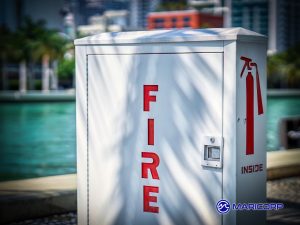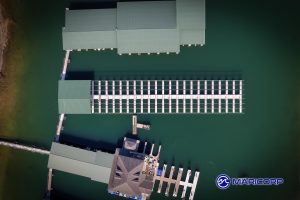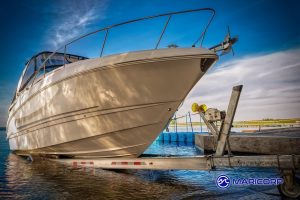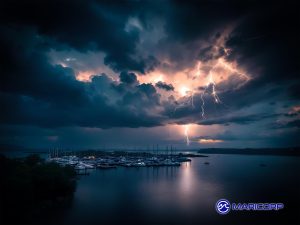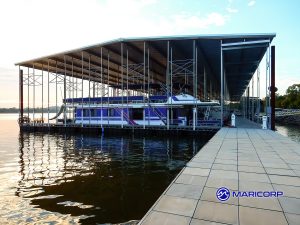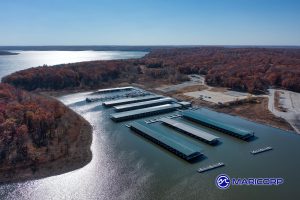Busy Boating Season Navigation Tips
In the busy boating season, waterways become bustling hubs of recreation. Recreational boaters and marina operators must be prepared with strategy, communication, and confidence to ensure safe and enjoyable seasons. Here’s a detailed guide for navigating busy waterways, with tips for both boat operators and marina teams.
- Schedule Smart Departures and Arrivals
Peak-season weekends—especially holidays—mean heavy waterway traffic at popular launch ramps and docks. Aim to depart early morning or return well after midday to avoid crowds. Marinas should monitor local tide and daylight patterns, using tools like the NOAA Tide Predictions and Navionics SonarCharts, then share recommended launch windows via newsletters or marina apps to ease congestion and elevate guest experience.
- Enhance Situational Awareness with Communication Tools
Maintaining awareness in crowded waterways is critical. Install and train everyone on:
- VHF radios (especially Channel 16) for essential broadcasts, distress communications, and marina traffic control coordination. The U.S. Coast Guard’s VHF channel guide helps confirm proper usage.
- AIS (Automatic Identification System) to visualize nearby vessel movements on chartplotters or apps. Many modern chartplotters include AIS overlays, helping boaters spot traffic patterns before arriving at congested areas.
- Mobile navigation apps like Navionics or NOAA charts to track crowded channels and chart backups when onboard electronics fail.
Promote this tech at marinas through orientation briefings and visible station signage.
- Navigate No-Wake Zones and Crowded Channels
Boaters should reduce speed to idle where signs indicate—and never cross no-wake zones marked with official red-and-yellow buoys. Doing so protects shoreline, docks, and slower vessels like paddleboards and kayaks. Check for inconsistent local regulations; some areas impose slow or idle zones near swim beaches or populated docks. Many GV zoning codes can be reviewed via state marine resources like Florida’s and California’s boating regulations. Navigating busy waterways demands vigilance to these local restrictions and signage.
- Practice Proper Passing and Overtaking Etiquette
When overtaking or passing, always:
- Warn ahead via your horn (2 short blasts)
- Maintain safe distance—at least 50 feet—when overtaking sub-5-knot vessels
- Check blind zones and pass slowly on the right
- Signal lane changes if using AIS
These steps reflect COLREGS (International Regulations for Preventing Collisions at Sea) principles—which U.S. recreational boaters are subject to in federal waters—and help avoid confusion and collisions. Boaters should remain alert to visual signals (flags on divers, paddlers) and slow down as needed.
- Plan Fuel, Slips, and Moorings in Advance
During busy boating season, slip and fuel queues form early. Coordinate with marinas ahead of time—especially on busy weekends—to reserve wave rooms or transient spaces. Install or expand marina reservation systems that handle:
- Launch/time block management
- Prepaid fuel services
- Assigned return slots
This reduces lineups and idle waiting—and reinforces navigating busy waterways as part of marina hospitality.
- Prepare for Mechanical Hazards and Emergency Scenarios
Congestion increases risk: accidental groundings, equipment failure, or collisions threaten both safety and traffic flow. Be proactive:
- Conduct seasonal checks: battery, bilge, engine systems, and redundancy gear
- Carry anchor line, tools, VHF radio, and life jackets
- Use local Weems & Plath guides and NOAA weather briefings before transit during peak traffic
Marinas should stand ready with tow/spill-response plans and offer quick-service kits for renters. This aligns with broader preparedness for busy boating season peak use.
- Monitor Weather and Water Conditions
Storms, squalls, and fog can develop suddenly—especially inland. Use resources like the NOAA National Weather Service Marine Forecast to track approaching weather. Marinas should:
- Deploy warning alerts via app, digital board, or siren systems
- Offer shaded pre-launch areas for guests to review conditions
- Schedule orientation sessions on reading sky and wind cues
Being prepared supports both comfort and safety during navigating busy waterways.
- Communicate Shared Standards and Courtesy Culture
Operators benefit from being reminded that waterways are shared spaces. Marinas should support teamwork by:
- Displaying signage with friendly reminders like “Pass Wide, Wait Quiet” or “Courtesy Wave Goes Far”
- Distributing codes of conduct emphasizing no racing, fair passing, and patience
- Hosting demonstration events for paddle and sail boat users to improve channel flow etiquette
These practices reduce stress during busy boating season, helping all operators feel welcomed and respected.
- Encourage Tech-Assisted Navigation
Rotor-based chartplotters and upgrades like Garmin ActiveCaptain or Raymarine LightHouse apps help boaters navigate crowded channels with confidence. These systems can trend boat speeds, note idle areas, and report hazards. Educate renters or day users on how to call up AIS splits, water depth contours, and channel traffic stats—especially at marina-hosted demo sessions.
- Debrief and Collect Feedback Post-Season
After the summer rush subsides, gather insights:
- Run boater surveys asking about queuing, safety, and marina flow
- Check AIS logs or monitor marina VHF channel logs for congestion spikes
- Note recurring hotspots or poor signage areas
Analyzing this data helps marinas refine slip layout, launch protocols, fuel dock spacing, and visitor guidance into future models of busy boating season success.
A well-managed boating season keeps waterways safe and operational. By planning departures strategically, enhancing situational awareness with VHF and AIS, following navigational etiquette, and deploying smart marina registry systems, marina teams and boaters work together to reduce congestion and collisions.
These coordinated actions highlight boating as a social activity—while minimizing risk and frustration. Approached with clarity, busy boating season becomes a time of community growth, trust, and confidence on the water.
Additional Articles:
- Wear Your Life Jacket To Work Day 2025
- National Safe Boating Week 2025
- What I Learned Hosting Marina Days
- National Maritime Day 2025
- Celebrate “Kids to Parks Day” 2025
About MariCorp
Maricorp is one of the largest floating boat dock manufacturing and construction companies in the United States, specializing in galvanized steel floating docks and boat lift systems. With projects spanning coast-to-coast, Maricorp provides marina consultation and design, marine construction, marina repair and renovation, and boat dock disaster response and demolition.
